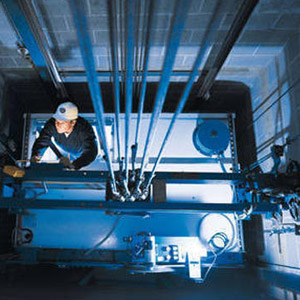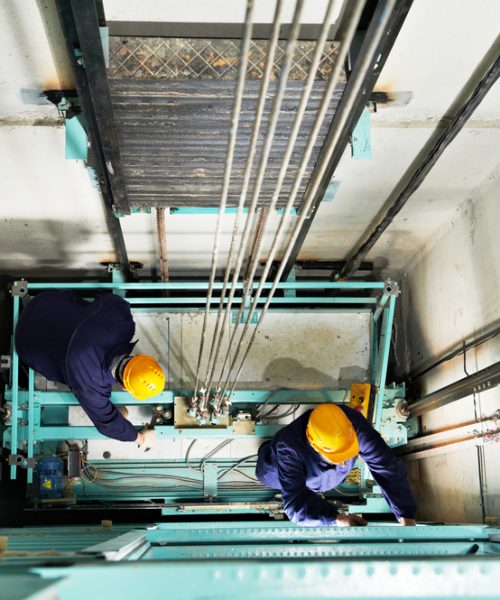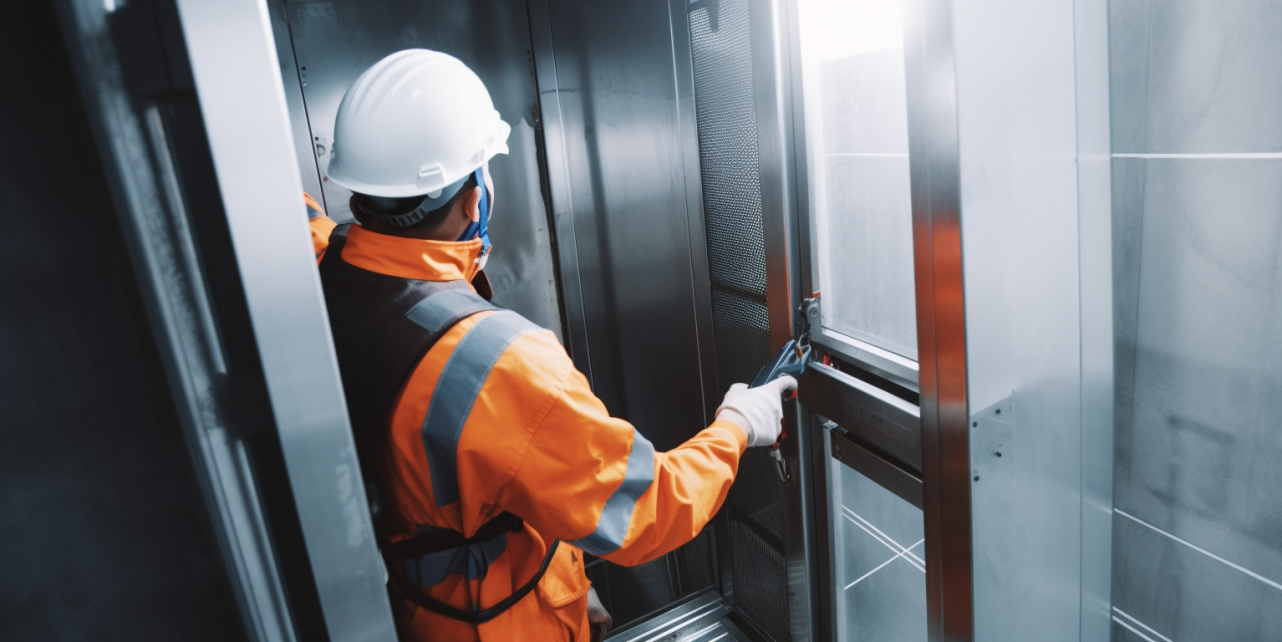Leading Lift Service Companies-- Comprehensive Take Care Of Lifts and Elevators
Leading Lift Service Companies-- Comprehensive Take Care Of Lifts and Elevators
Blog Article
Comprehensive Maintenance List for Ensuring Optimum Efficiency of Platform Lifts for Disabled People
Preserving the ideal efficiency of platform raises assigned for people with specials needs is a critical element of ensuring their safety and availability. The dependability of these lifts is vital, and an extensive upkeep checklist can aid in promoting their performance - elevator maintenance. From routine inspections to precise cleaning treatments, each step plays a considerable role in ensuring that these lifts run efficiently and securely. However, there is a critical element usually ignored that can greatly influence the total efficiency and safety of these lifts.
Assessment and Cleaning Procedures
To make certain the optimum performance and safety and security of system lifts, comprehensive and regular inspection and cleaning treatments must be faithfully followed. Regular examinations are vital to identify any possible issues prior to they rise into significant problems. Assessments must cover all components, consisting of the mechanical components, electrical systems, and safety features such as emergency situation brakes and sensing units. Any type of indications of wear and tear, uncommon noises, or breakdowns must be dealt with immediately to maintain the lift's efficiency and avoid accidents.

Lubrication and Oiling Strategies
Normal maintenance of platform lifts prolongs beyond inspections and cleansing treatments to consist of the necessary element of lubrication and oiling methods for optimal performance and long life. Lubrication plays a vital role in ensuring smooth operation and preventing damage on moving components. When it concerns system lifts for impaired individuals, correct lubrication is important to keep safe and trusted performance.
To begin, it is crucial to use the correct type of lubricant for each and every part of the system lift. Various components might require particular lubes such as silicone-based or lithium-based oils. Frequently checking the condition of the lubricant and making certain appropriate degrees are preserved is key to protecting against rubbing and rust.
In addition, greasing strategies need to be lugged out adhering to manufacturer standards and upkeep routines. Over-greasing or under-greasing can both cause operational issues, so it is very important to strike the best balance. By adhering to a comprehensive lubrication and oiling regimen, platform lifts can run successfully, silently, and safely, ultimately profiting the people who depend on them for access.

Electrical System Checks and Checking
Upkeep of system lifts includes thorough checks and extensive screening of the electric system to make certain ideal efficiency and safety and security. The electrical system is a vital part of system lifts for impaired individuals, as it powers the lift device and numerous safety attributes.
Normal screening of the electric system is essential to prevent breakdowns, decrease downtime, and guarantee the safety of lift individuals. This consists of monitoring voltage degrees, carrying out insulation resistance examinations, and verifying the appropriate performance of backup power systems. Any anomalies or discrepancies from basic operating criteria must be promptly addressed to preserve the lift's reliability and conformity with safety and security regulations. By focusing on extensive electrical system checks and testing as part of routine upkeep, platform lift proprietors can extend the life expectancy of their tools and provide a safe transport option for people with specials needs.
Security Device Verification

Additionally, the over-speed guv, a crucial safety function that protects against the lift from moving too swiftly, should go through comprehensive testing to verify its effectiveness. It is likewise important to take a look at the interlock system that ensures the doors are securely locked while the lift functions. Routine verification of these security devices is extremely important in maintaining the safety requirements of system lifts and safeguarding the health of users.
Emergency Preparedness and Feedback
In times of crisis, a distinct emergency situation readiness and action strategy is fundamental to guaranteeing the security and safety of helpful hints platform lift individuals. Platform lifts are crucial for making it possible for disabled visit their website people to gain access to various levels of buildings, making it imperative to have procedures in area for emergency situations. By prioritizing emergency situation readiness and action, system lift drivers can enhance the overall safety and capability of these essential access gadgets for handicapped individuals.
Conclusion
Finally, routine upkeep of system lifts is important for making certain optimal efficiency and security for handicapped people. lift service companies. By adhering to a detailed checklist that consists of examination, cleansing, lubrication, electric system checks, security system verification, and emergency preparedness, the risk of breakdowns and mishaps can be reduced. It Recommended Site is critical to focus on upkeep to offer a dependable and effective methods of transportation for people with handicaps
Report this page